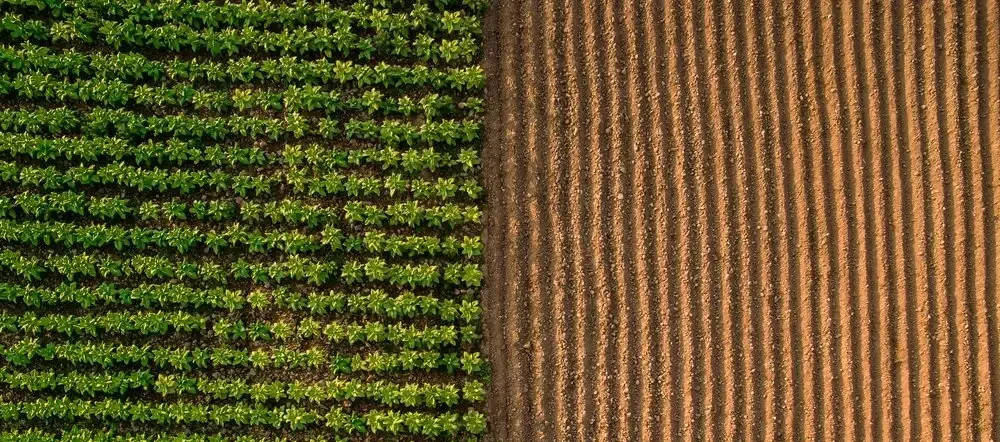
PRISMS
Profile Resolving In-Situ Soil Moisture Sensor
PRISMS Delivers Continuous Soil Moisture Monitoring
The ability to acquire continuous, detailed measurements of soil moisture at different depths has been a long desired in numerous applications, including waste site surveillance, dam and levee health monitoring, landslide risk assessment, irrigation management, and climate modeling.
Transcend Engineering invented the sensing technology called PRISMS (Profile Resolving In-Situ Soil Moisture Sensor). This tool allows for long-term, detailed monitoring of soil water content at various depths in the unsaturated zone.
PRISMS improves how Time Domain Reflectometry (TDR) data is processed and incorporates innovative physical sensors. These advancements allow for precise, continuous moisture readings along the inside surface of a borehole, thanks to a waveguide that stays in contact with the surrounding soil.
PRISMS is in use by pioneering researchers investigating the role of soil moisture dynamics in important terrestrial processes. Development of PRISMS received support from the US Department of Energy's Office of Science through a Small Business Innovation Research (SBIR) grant. PRISMS was assigned to LandScan (landscan.ai) in 2021 as the basis of their FluxH2O™ soil moisture monitoring technology.
How PRISMS Works
PRISMS uses the principle of Time Domain Reflectometry (TDR) to measures soil water content. While conventional TDR probes only provide a single measurement of an average volume, PRISMS provides detailed profiles of water content along waveguides up to two meters in length.
-
TDR was was originally developed to locate faults in communication and power cables. In this technique, a reflectometer sends an electrical pulse into the cable. Changes in the cable electrical impedance cause reflection of the pulsed voltage, and propagation speed of the wave is also a function of the cable impedance.
Along a uniform cable, impedance is a function of the dielectric permittivity, (epsilon), and electrical conductivity (sigma) of the material surrounding the conductors.
-
In soil, these electrical properties are closely related to water content. TDR was adapted to estimate soil water content by Hoekstra and Delaney (1974), Topp et al (1980), and others by examining the travel time of reflection from the end of a transmission line comprising bare metal rods inserted into the soil. Advances have since led to a number of commercial TDR soil moisture probes, which until now have all used short conductors in the soil to report a single moisture value representing the average over the length of the waveguide.
-
Using algorithms that sort out variable wave propagation speed and multi-reflection phenomena, PRISMS takes into account the full TDR reflection profile, representing moisture changes over the entire length of a waveguide, to obtain a continuous spatial profile of moisture content.










